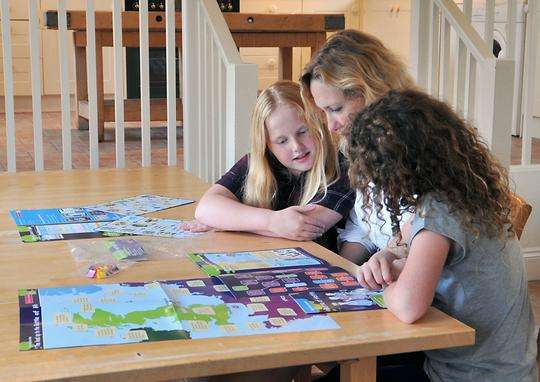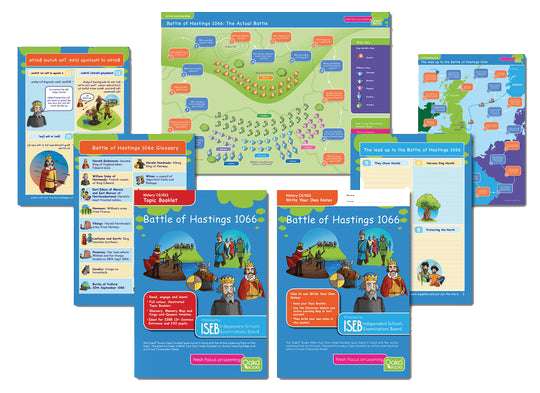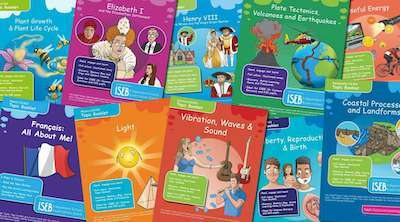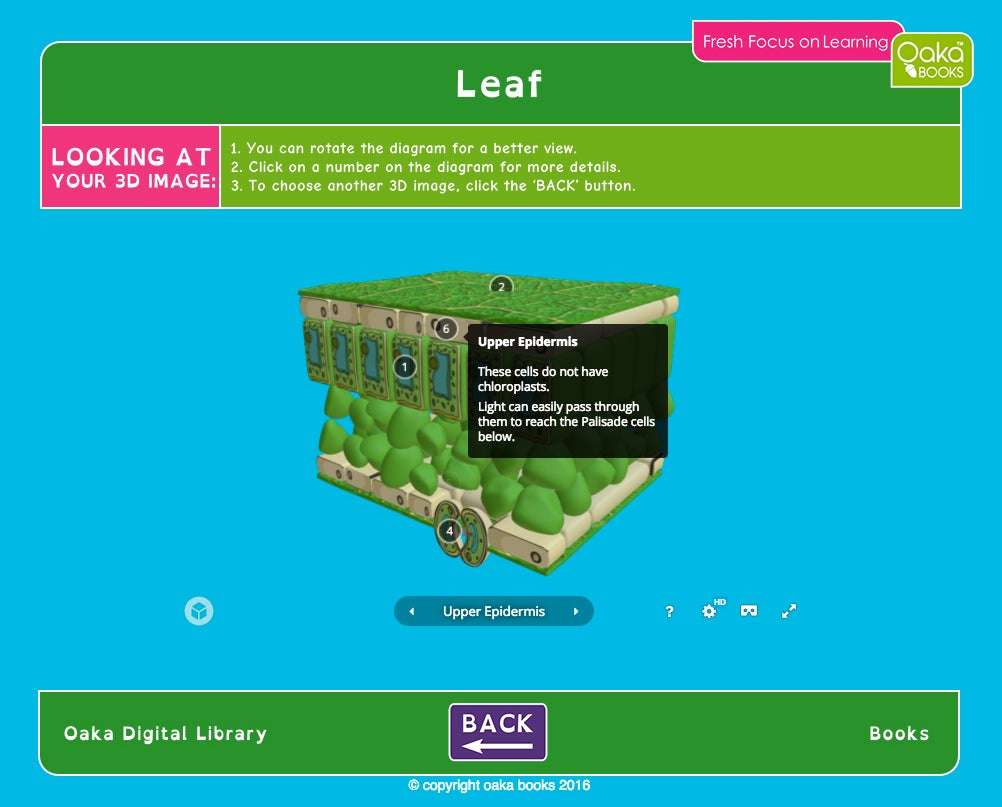Last week I went to a fantastic talk by Dr Susie Nyman organised by the Helen Arkell Dyslexia Centre. What an inspirational teacher! If all our children had teachers like Susie they would be flying.
Her hugely motivating talk was about using multi-sensory learning in the classroom and she has some great ideas. The teachers and parents in the audience were hanging on her every word. If you ever have a chance to hear Dr Nyman speak, go.
Multi-sensory learning allows learners to really explore a concept. Using sight, sound, touch, smell and movement their preferred learning style is covered, no matter what it is. The session is more memorable and interesting, keeps their attention and the information is retained better.
We know that learning for everyone, adults and children, is more interesting, more effective and remembered better when the learner is actively involved. There’s a big difference between being told a concept, or reading about it, versus seeing it in action and actually doing it yourself.
So how can you use multi-sensory learning? Think about how to involve the different senses and you could come up with some really memorable and fun ideas.
In literacy you can sound out the letters and words, trace their shapes, write them in the air with big movements or make them out of other items rather than hand writing. This gets children moving, involves touch and kinaesthetic learning, as well as sound. Making letters using playdoh or clay is a great way for children to really get to know them.
Go big! Get a roll of paper, marker pens and get the children drawing letters, science diagrams, mind maps, whatever it may be but make it big – kids love going big. Draw a huge cell, a heart, a flower and get the children to actually walk through it, telling you/their peers what each part is. Make up a song to go with it.
Rather than just talking about an object or showing a picture, try to get an example or model that pupils can hold, play with or take apart. Play the sounds it makes or have students make the noises themselves.
Scent might be the least obvious sense to get involved. We all know that smell can be very powerful in invoking memories. Use it in learning whenever possible. In geography you could find smells to represent a place. Use smelly and colourful playdoh to shape the organs of the body. Why not use strawberry laces as arrows for labelling your big pictures? The children get to eat them at the end of the session – always a winner!
Once you get into the habit, finding ways to use multi-sensory learning becomes easy and fun. It creates unique learning experiences that keep children engaged, appeal to all the learning styles and improve memory and retention of the information.
Dr Nyman often uses puppets in class. This is an engaging, exciting way to open up communication with pupils of almost any age. Fun, informative and active, the use of puppets can really help children’s understanding and memory recall. This is very similar to the use of character cards in Oaka history topic packs. Be creative and bring stories to life. You can read more about Dr Nyman’s study of the use of puppets in class here.
One thing that was very obvious during the Q&A was how uncomfortable some people are with looking silly themselves. Yet, every day at school our SEN children are asked to potentially look silly and that is, supposedly, acceptable (the dyslexic being asked to read out loud, the slow processor asked to explain something, for example). Hummmm. Jumping out of your comfort zone and into a world of creativity will bring learning to life for so many children. They will benefit hugely and you might just enjoy it yourself. Go a little bit crazy and have fun with learning!





